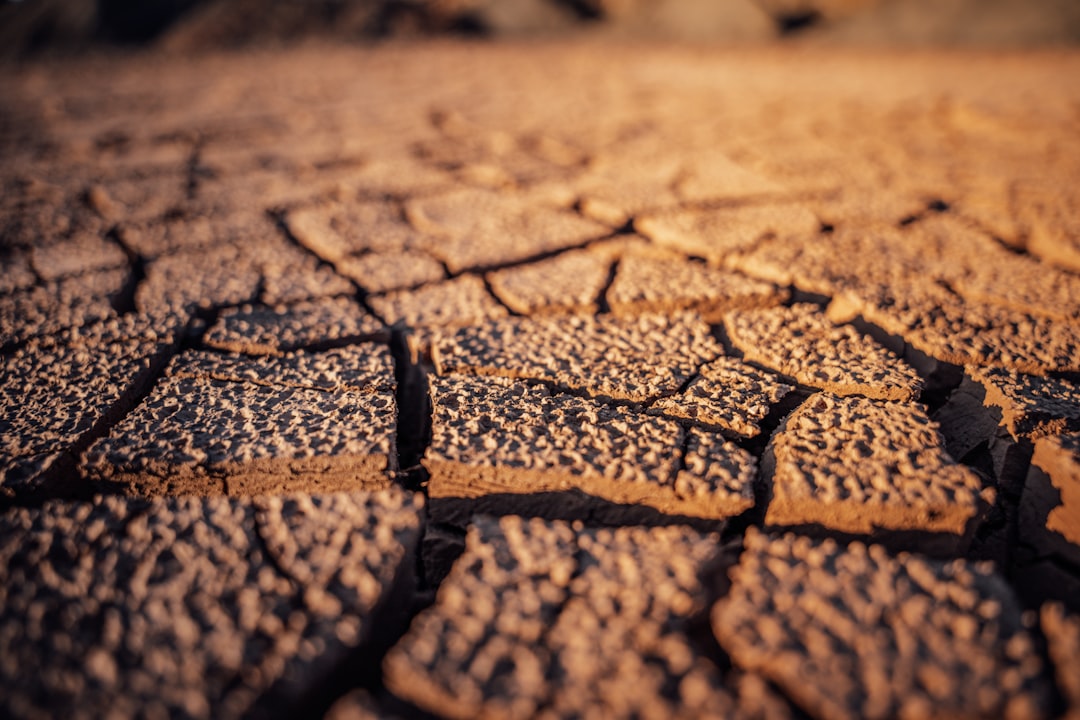Improving Water Flow from the Ground Up
When it comes to agricultural drainage, most of the focus is on surface runoff and subsurface pipes. But in some soils—especially those with compacted or layered structures—water doesn’t just need to move horizontally. It needs to go down. This is where vertical drainage comes into play.
Vertical drainage helps remove excess water by creating pathways that allow water to flow downward through restrictive soil layers, reducing waterlogging and improving root zone conditions. In this post, we’ll explore what vertical drainage is, why it’s important in certain soil types, and how it’s implemented in the field.
What Is Vertical Drainage?
Vertical drainage involves the installation of deep vertical shafts, pits, or wells that allow water to move from waterlogged topsoil into deeper, more permeable layers or aquifers. This approach is particularly useful in areas where horizontal drainage is ineffective due to:
-
Impermeable soil layers (like hardpan or clay lenses)
-
Slow infiltration rates
-
High water tables in flat terrain
In some systems, these vertical drains may also be connected to pumping systems to remove water or redistribute it to other areas for reuse.
When Is Vertical Drainage Necessary?
Vertical drainage is often used when:
-
Subsurface or surface drainage systems are inadequate or cost-prohibitive
-
Soils have a layered profile, with permeable topsoil over dense clay or compacted subsoil
-
Fields suffer from persistent waterlogging, even with existing horizontal drains
-
There is a need to improve deep percolation and reduce surface runoff
Benefits of Vertical Drainage
✅ Resolves Drainage in Layered Soils
Layered soils often have poor vertical water movement. Vertical drains bypass restrictive layers, allowing water to escape downward.
✅ Reduces Surface Waterlogging
By providing an outlet for excess water, vertical drains can reduce ponding and saturation, particularly in flat fields or low-lying areas.
✅ Improves Soil Aeration and Root Health
Removing excess moisture allows oxygen to reach plant roots, promoting healthy growth and preventing root rot or fungal diseases.
✅ Enhances Efficiency of Other Drainage Systems
Vertical drainage can complement surface and subsurface systems, making them more effective—especially in challenging terrain.
How Vertical Drainage Works
1. Boreholes or Deep Shafts
Holes are drilled into the ground (typically 1–3 meters deep, but sometimes much deeper) to reach more permeable soil or fractured rock layers.
2. Gravel-Filled Pits
Gravel or coarse sand is placed in the boreholes to keep them open and facilitate water flow. Some systems also use geotextile liners to prevent soil clogging.
3. Vertical Drain Pipes or Wells
In more advanced systems, perforated pipes are installed in the boreholes, possibly connected to a pump or storage basin to manage water levels or reuse it later.
4. Natural or Forced Drainage
Depending on the soil profile and design, water may drain naturally by gravity or require pumping to move it into deeper aquifers or nearby channels.
Planning and Installation Considerations
📍 Soil and Geology Assessment
Before installing vertical drains, it’s essential to understand the soil profile. Percolation tests, borehole sampling, and soil maps help identify restrictive layers and assess feasibility.
🛠️ Spacing and Placement
Drains are usually spaced based on:
-
Soil type and depth of impermeable layer
-
Water accumulation zones
-
Crop needs and field layout
Spacing can range from 10 to 100 meters apart, depending on conditions.
⚙️ Design and Maintenance
-
Use durable materials like PVC or HDPE for pipes
-
Line gravel-filled pits with filter cloth to prevent clogging
-
Inspect regularly for sediment buildup or root intrusion
-
Pumped systems require energy sources and maintenance
Challenges and Limitations
While vertical drainage can be a powerful tool, it's not suitable for every situation:
-
High cost of drilling and materials, especially in deep installations
-
Limited applicability in rocky or shallow-bedrock regions
-
Potential groundwater contamination if not properly designed
-
Maintenance demands, especially for pumped systems
Always conduct a feasibility study and consult with an engineer or agronomist before installing a system.
Vertical Drainage in Practice
Farmers have used vertical drainage successfully in:
-
Rice fields where standing water must be controlled
-
Orchards and vineyards with deep-rooting trees
-
Clay-heavy soils where rainfall causes persistent surface saturation
-
Urban agriculture plots with compacted fill soils
It’s also useful in land reclamation projects and construction of sports fields or greenhouses that require fast drainage.
Conclusion
Vertical drainage is a smart solution for a specific set of challenges—especially in layered or compacted soils where horizontal movement of water is restricted. By creating a direct route for water to move downward, it helps alleviate waterlogging, improve root conditions, and support healthier, more productive crops.
While it may not be the first method farmers turn to, it’s an important tool to have in the drainage toolbox—particularly when conventional systems fall short.
Got experience with vertical drainage? Let us know how it's working for you or what challenges you’ve faced. We’d love to hear your insights!

Comments
No comments yet. Be the first to comment!
You must be logged in to comment. Login